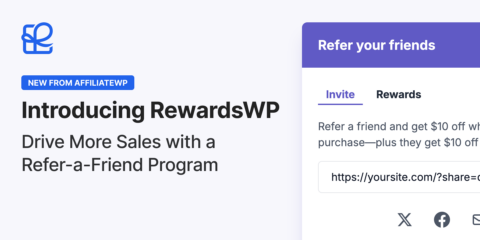Essential cookies enable basic functions and are necessary for the proper function of the website.
Cookie Preferences
This cookie is used to store the user's cookie consent preferences.
30 days
-
Cookie Preferences
This cookie is used to store the user's cookie consent preferences.
30 days
-
edd_items_in_cart
Stores information about the cart contents.
Session
-
wpfuuid
Used to track user interactions with forms.
11 years
-
comment_author
Used to track the user across multiple sessions.
Session
-
comment_author_email
Used to track the user across multiple sessions.
Session
-
comment_author_url
Used to track the user across multiple sessions.
Session
-
edd_session_
Stores information about the current user session.
Session
-
wordpress_logged_in
Used to store logged-in users.
Persistent
-
wordpress_sec
Used to track the user across multiple sessions.
15 days
-
wordpress_test_cookie
Used to determine if cookies are enabled.
Session
-


That’s a Really Good Point, this Article is Very Helpful and informative. Thanks for Sharing
Great tips for starting affiliate sites. I’m planning on deploying one this year – and will use some of the tips outlined here to build the site – and make it useful, helpful and profitable.
I am pretty impressed by your article, thank you for sharing and helping beginners. 5 out of 5 to this article.
There doesn’t seem to be any way to allow Affiliates to share Creatives (with referral links) to Facebook or Twitter.
Slack channels as a way of marketing affiliate is new to me, that is quite clever depending on the niche and group of people. It is great to see AffiliateWP is still around and growing. I remember back in the day when it launched and I think was part of Easy Digital Downloads, its been a while since I last used WordPress.
We all are seeing that affiliate marketing is trending and ruling the marketing world, as all the platforms have started this marketing strategy. Amazing article and a good choice of topic to write on.
It’s a good point that social media will always be driven by good content, so that is certainly what I need to focus on. My spouse and I are trying to get into affiliate marketing this year to make some extra money. We need to find some online resources to learn how to get into this field more quickly.